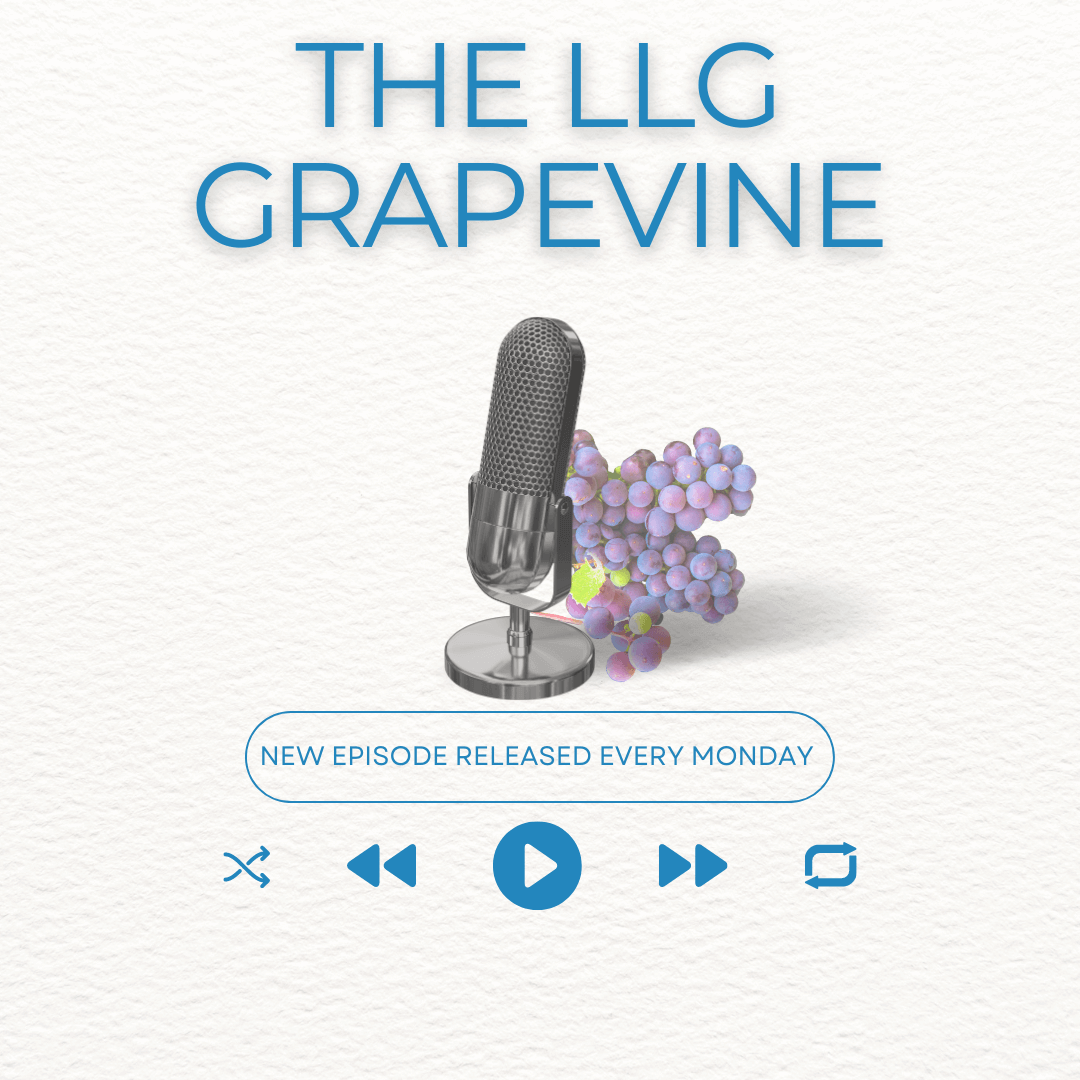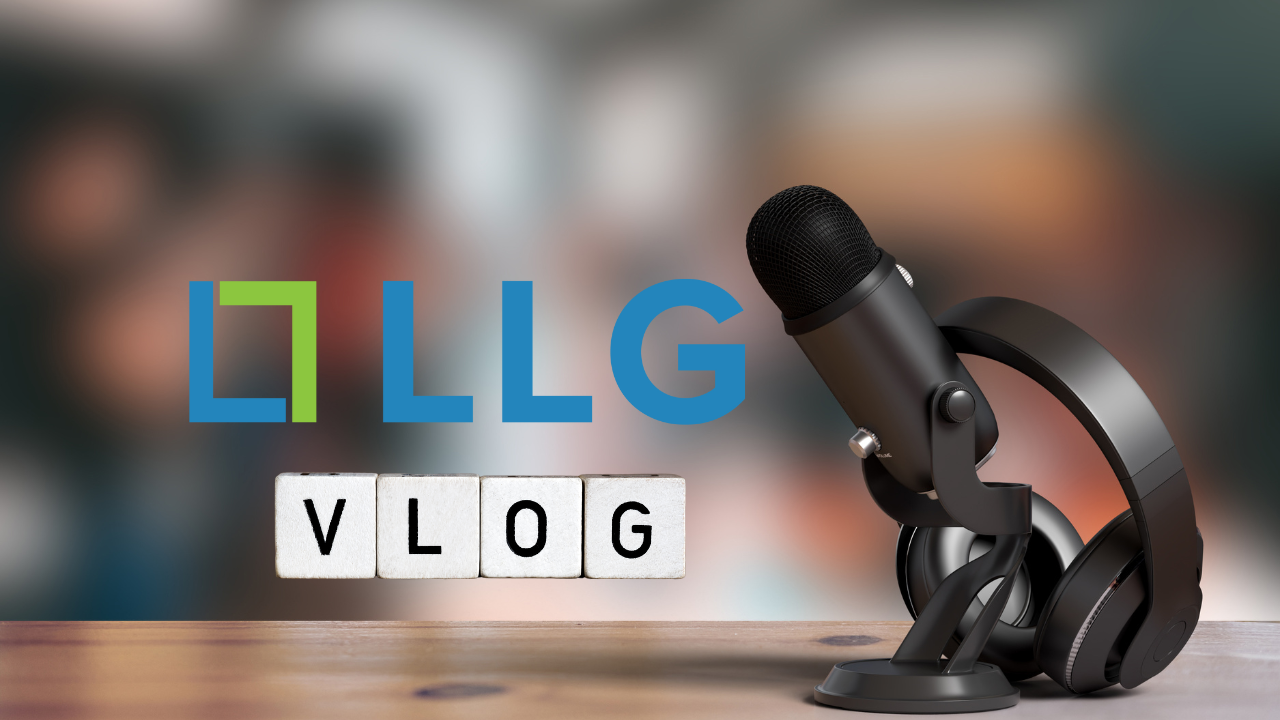



Back-to-back contracting sounds simple, but is it really?
We often hear the term ‘back-to-back’ contracting, but what does this mean, and what are the common themes to consider when faced with a construction project involving multiple parties?
What are back-to-back contracts?
Back-to-back contracting is a term widely used within construction projects by which a main contractor seeks to pass on its obligations towards the employer to its subcontractor(s).
For example, main contractors will often engage sub-contractors to cover specific aspects of their work and so will generally seek to transfer risks down the contractual chain to those sub-contractors. This will mean that the main contractor has the potential to be left with minimal risk exposure. Whilst there are benefits for contractors implementing this type of setup, in reality, this kind of “full” back-to-backing is rarely accepted and, in practice, results in a mix of risk allocation between the main contractor and each of its sub-contractor(s).
From the employer’s perspective, it will want to be alive to any sub-contract arrangements being adopted by the main contractor and ensure that, wherever possible the terms align with the main building contract it has with the main contractor. This will not only help with ensuring operational effectiveness between the various parties within the supply chain, but will also provide additional potential route of recovery (via the relevant sub-contractor collateral warranty) should issues with the works arise.
Although an employer is unlikely to be a party to a sub-contract, there will be scenarios in which the actions of the parties to the sub-contract will influence or affect the progress of the works in a construction project. A poorly drafted sub-contract could have potentially significant effects on an employer – be it financially, reputationally, or otherwise. It is therefore important that the employer is mindful of the kind liabilities and obligations that might be included in a sub-contract.
What about:
Below, we explore some of the issues employers will want to consider regarding such flow-down arrangements?
Concerns for an employer in sub-contracts:
Collateral warranties
There should be provisions in a sub-contract requiring the sub-contractor to provide collateral warranties. and copies of the relevant form of collateral warranties and sub-contract, as approved by the employer, should be appended to the main contract. The collateral warranty creates a direct relationship between the employer and the sub-contractor to allow the employer the ability to claim directly from the sub-contractor.
On a separate, but related note, the employer should have sight of the sub-contract to which the collateral warranty is warranting against. This is particularly pertinent in the event the employer needs to step in (for example if the main contractor becomes insolvent) as it will need be to be content with the terms included.
Contractual deadlines
It is important to ensure that contractual deadlines within the main contract and the sub-contract marry up where appropriate. Employers should be aware of the following, for example:
If the employer’s consent is required in the main contract in respect of sub-contract works, then the consent of the main contractor should also be required under the sub-contract and sufficient time should be allowed so that the appropriate consent can be obtained from the employer.
“pay when paid” clauses are prohibited where the Housing Grants, Construction and Regeneration Act 1996 applies and cannot therefore be used to back-to-back payment obligations. However, main contractors will not want to be responsible for payment to a sub-contractor without having been paid by the employer and so deadlines are likely to be back-to-back with the main contract in this regard.
Liquidated damages
In the event of a delay in the completion of the works, an employer will want to ensure it can recover costs from the main contractor. Although a sub-contract won’t normally provide for liquidated damages (i.e. a fixed sum payable in the event of a delay), it should provide for general damages (i.e. damages for losses relating to any breach of contract) so that the main contractor is able to recover costs relating to delay as a result of act or omission by the sub-contractor.
Dispute Resolution
It is vital that dispute resolution provisions are considered in detail to avoid delays and potentially different decisions on two or more contracts. In circumstances where it is deemed appropriate to back-to-back dispute resolution provisions under the main contract, such should be incorporated into the sub-contract with clear and unambiguous wording.
Conclusion
Employers’ should not underestimate the time it can take parties to co-ordinate and agree sub-contracts. Employers should therefore, as a minimum:
Ensure that, where possible, approved forms of sub-contract and collateral warranties are included in the main contract.
Consider the risk profile of the project and decide on which obligations and liabilities should be passed down the chain, bearing in mind the scope and nature of the specific sub-contract works in question.
Remember that standard forms of sub-contract, and/or “full” back-to-backing are rarely ever appropriate.
Sydney Chandler, Junior Associate
Rachel Murray-Smith, Partner


Podcast

VLOG